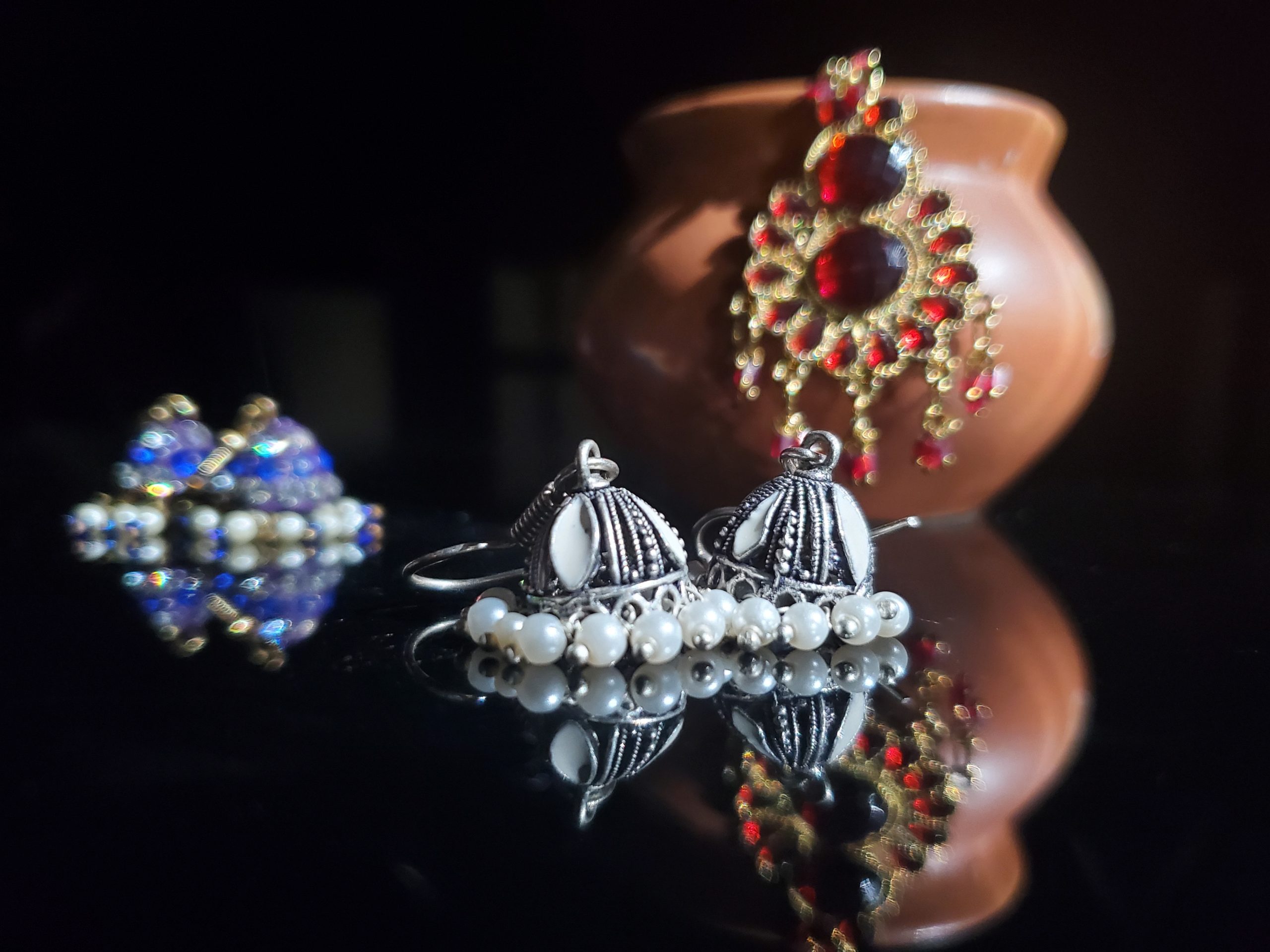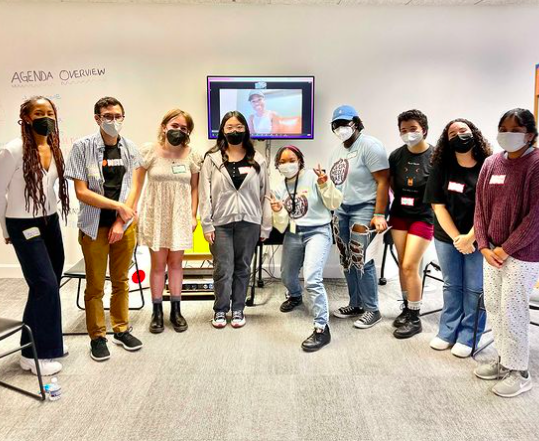Meandering through Macy’s on the busiest shopping day of the year, my mom and I passed the Clinique makeup stand where an elderly woman stood waiting to see a representative. A sari draped over her shoulder and her hair braided with flowers, she obviously stood out from the hundreds of others in the Black Friday rush.
Finally having got the representative’s attention, the woman began speaking in her accented English, only to have the representative turn to my mom and ask “what can I help you with?” She assumed we were with her. “Oh sorry, we aren’t together,” my mom responded with such perfect English one never could have guessed she lived in India for thirty years.
Unfortunately, these five seconds represent exactly how Indian Americans are seen in America today.
Although our melanin-filled skin and Hindi conversations revealed that we were Indian, my mom and I still mixed into the crowd, wearing Western clothes and busied on our phones as we scrolled for coupons. We understand cultural norms in America and easily assimilate into society. Despite being Indian, we are understood to be American. This understanding led the representative to accept, if not welcome us, as she rushed to fulfill her sales quota for Black Friday. She knew we could fluently speak English, quickly select our purchase, and get out of her way without any added trouble.
In her mind though, an elderly woman, with a sari and braided hair, would surely require more time than the average customer to understand the various products and what she wanted. Not worth her time. She could probably get through three or four American clients in that time. It was much easier for her to overlook the woman standing in front of her and look to us instead, the “Americans” passing by.
Having lived in the United States my entire life, I wouldn’t say that Indian Americans are not accepted into society. We are. I have found my home here. I have found resources and luxuries that I could not have dreamed of had I lived in India, whether that be educational opportunities or reliable electricity. However, we are only accepted as Americans. We must adopt America’s cultural norms, live and breathe as though our skin is white.
In my personal life, I identify as Indian, not American. When visiting India, no one could ever guess that I live in America. I read, write, and speak Hindi just as fluently as a native. I understand and respect our traditions and culture. I embrace our food and clothing. As much as I’ve found my home in America, my heritage and family in India are just as much of a home. I have found comfort and belonging there I cannot dream of finding living in America. However, in American society, I’m forced to leave all that behind. I’m forced to present myself as Indian American, with an emphasis on American. My love for my mother tongue and admiration for Indian jewelry is an obstacle to the conformity Americans crave.
Over the years, I have learned that my experiences as an Indian American are not isolated narratives, but rather part of a larger social trend. I never corrected teachers’ pronunciation of my name in school. Their frowns and sighs made it seem like too much of a hassle. What did it matter if they emphasized the first or second syllable? I am allowed to keep my Indian name, but only in an American way. As much as I adore Indian jewelry and lehngas, I only wore it to school on International Night. I am too much of an odd-ball, maybe even too much of a conservative, if I show up wearing Indian clothes. For the daily, western clothes is the way to go. I am allowed to wear Indian clothes, but only when Americans give me permission. Even at school, I was always conscious of the smell of haldi and mirchi masala in my food. Teachers have complained about the smell of the different spices when I eat in class, while overlooking the smell of my other American classmates’ food. However, when it suits their interest, they’ll still ask me what “curry” is my favorite, overlooking the fact that Indian food is so much more than curry. I am allowed to own my culture’s food, but only when Americans show interest in it.
Every part of my culture and heritage is moderated by American society. Americans throw around the word “karma” and take turmeric pills, thinking they are encouraging cultural assimilation. However, they overlook the parts of Indian culture that don’t suit them, the parts that take too much effort for them to acknowledge and accept. I’ve realized that the differences between myself and the elderly lady at the mall arise from the fact that I am Indian American and she is Indian.
The harsh reality is that the only way this county accepts Indians is if the word American comes with it.




